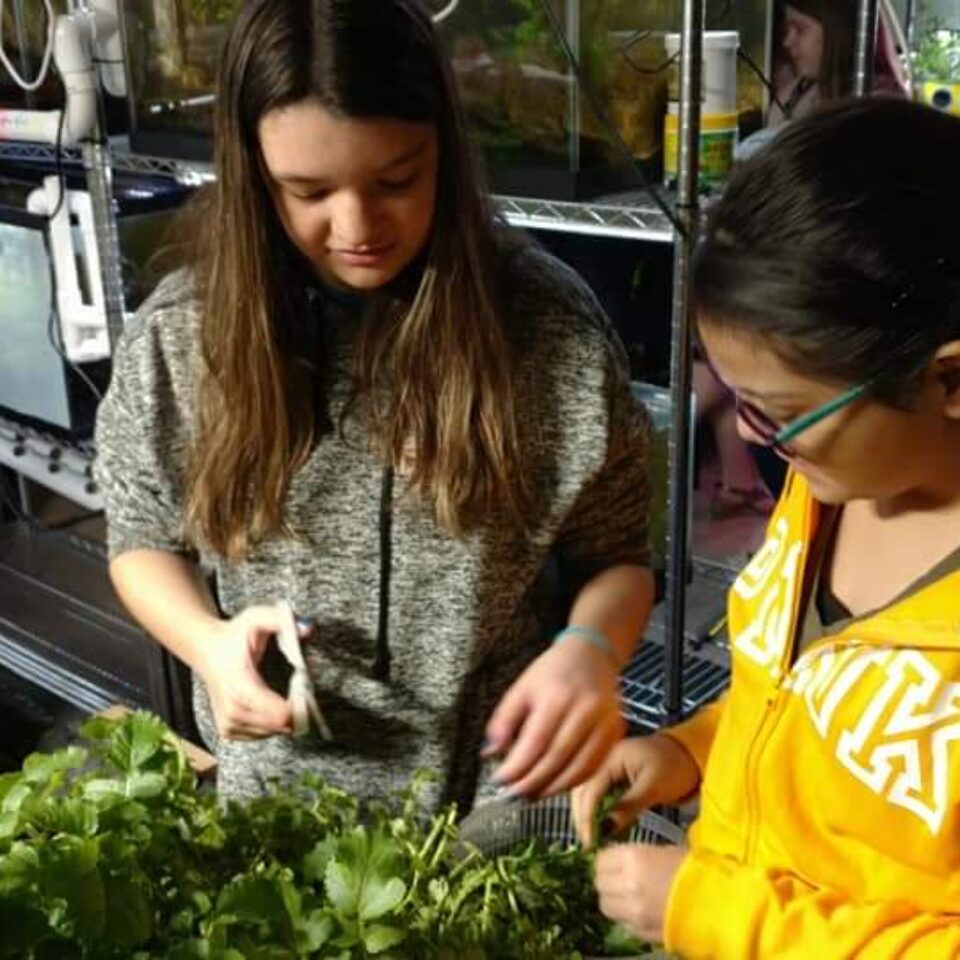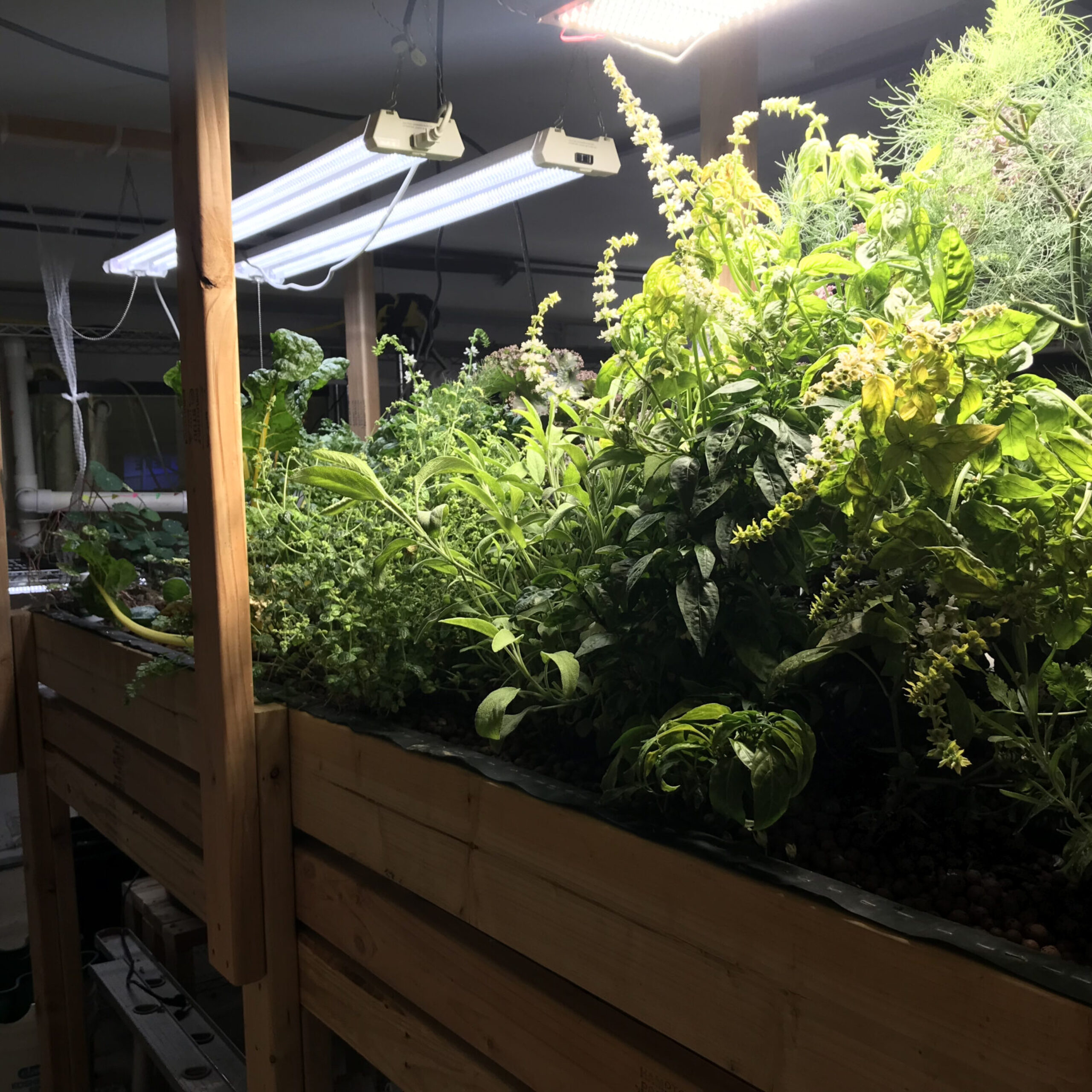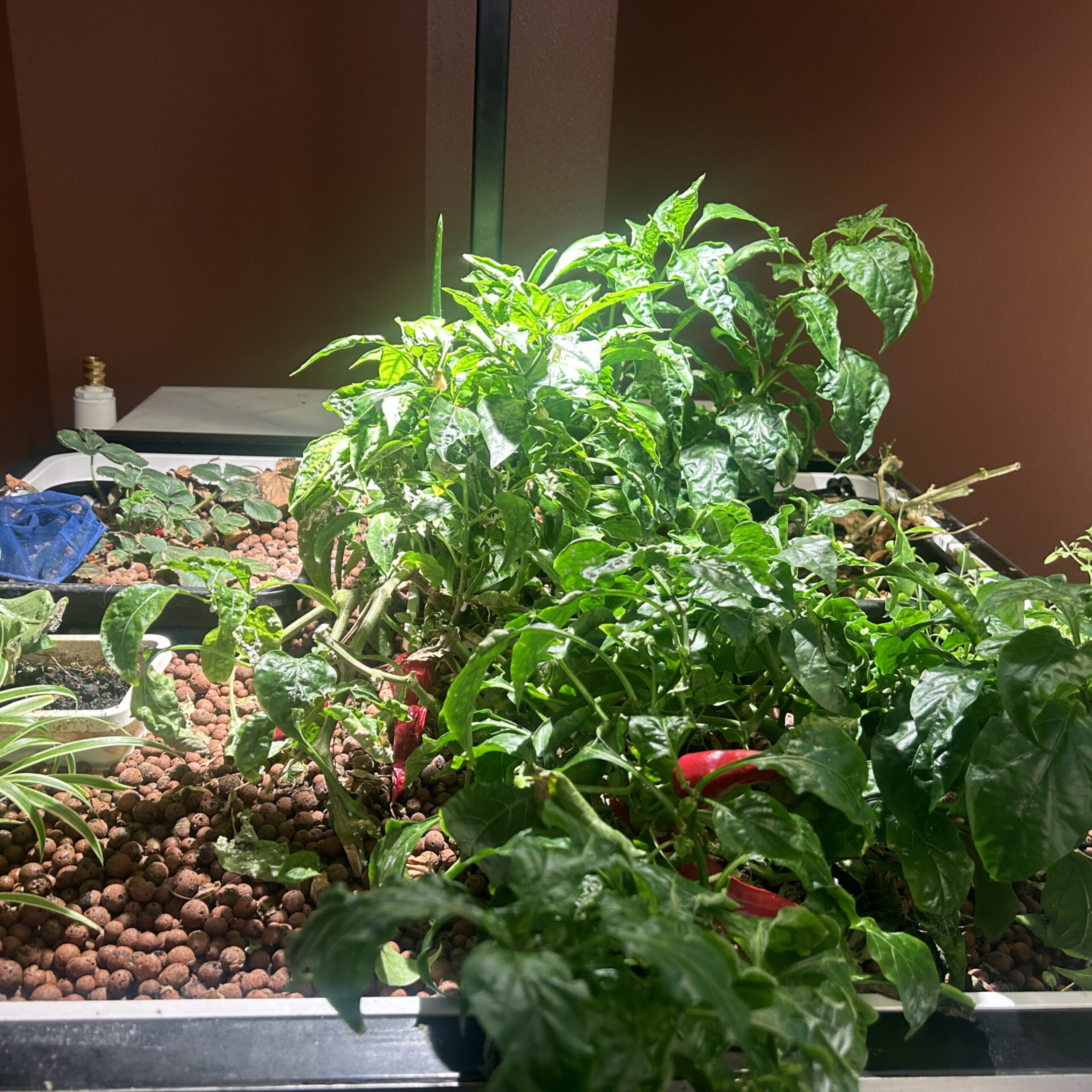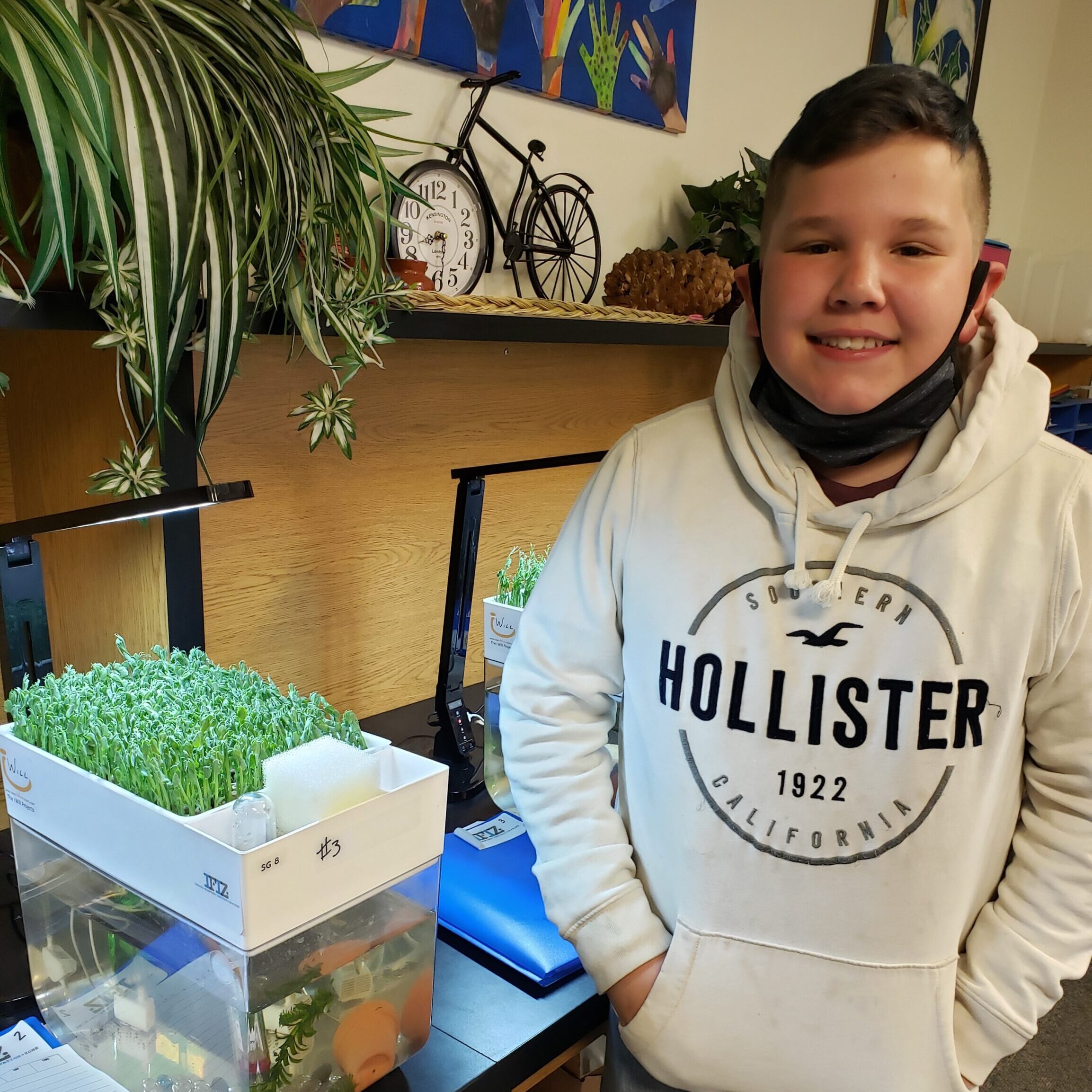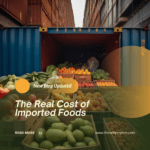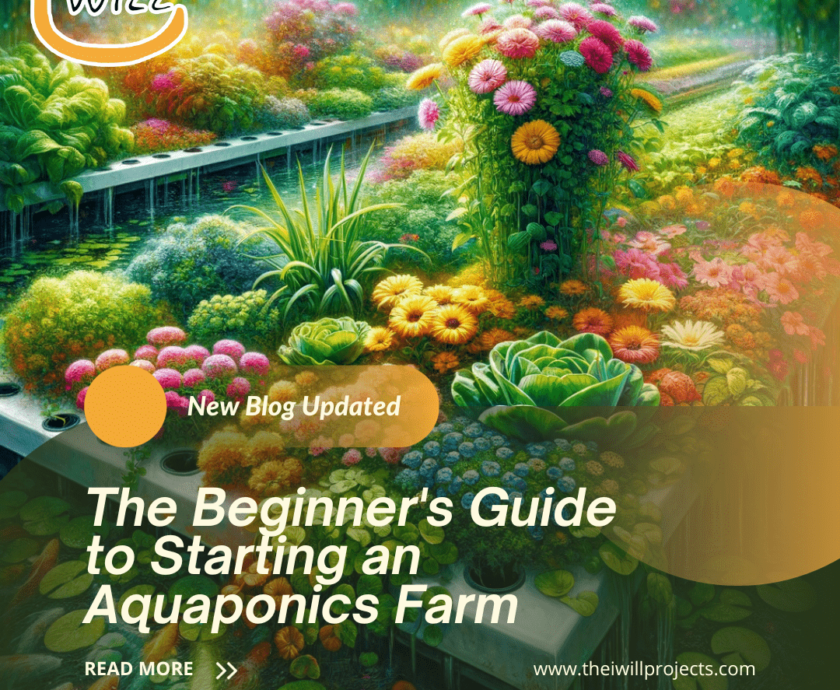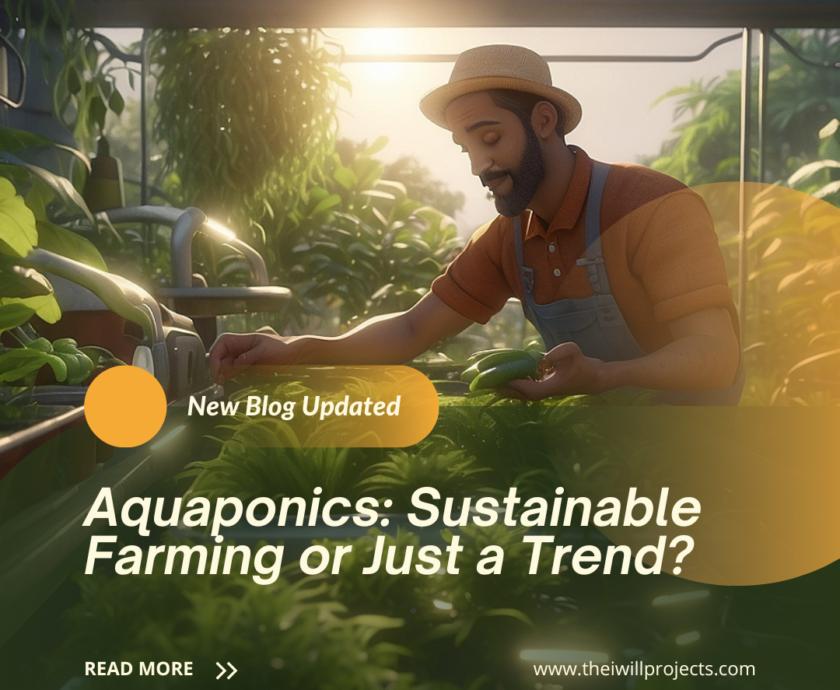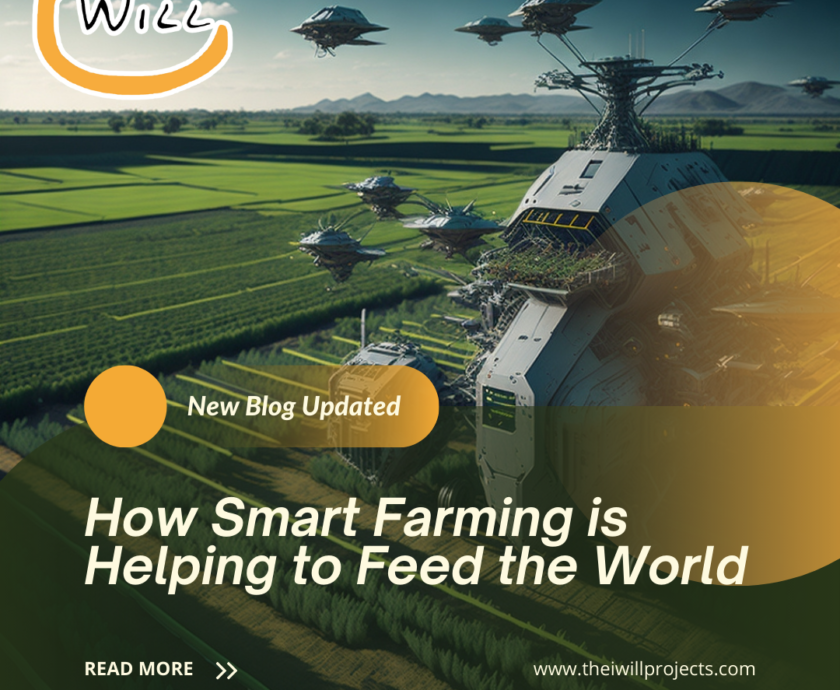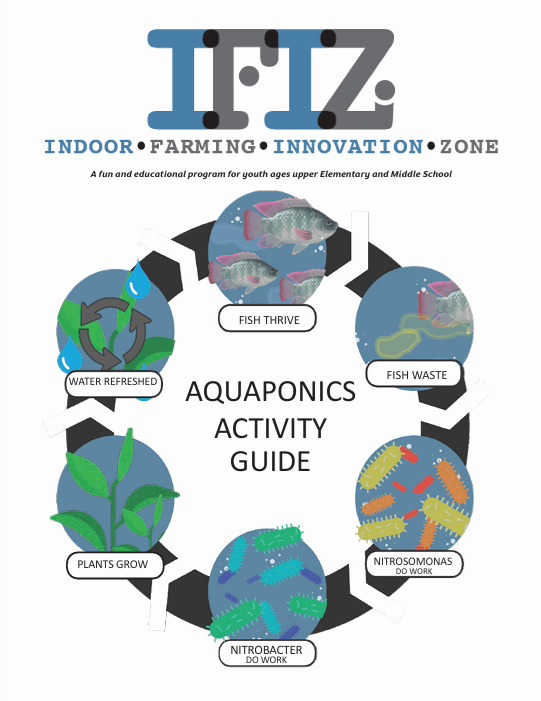“To be interested in food but not in food production is clearly absurd.” – Wendell Berry, renowned author, farmer, and environmental activist.
TweetTable of contents
- Introduction
- The Pros of Traditional Farming
- The Cons of Traditional Farming
- Environmental Impact of Traditional Farming
- Economic Considerations in Traditional Farming
- Traditional Farming Techniques and Innovations
- Sustainability in Traditional Farming
- Community and Cooperative Models
- Future of Traditional Farming
- Conclusion
- FAQs
Introduction
Traditional farming, often referred to as conventional or subsistence farming, is a practice that dates back thousands of years. It encompasses a range of agricultural methods used by indigenous communities and small-scale farmers worldwide.
This practice typically involves the cultivation of crops and raising of livestock using methods passed down through generations.
Unlike industrial agriculture, traditional farming emphasizes sustainability, biodiversity, and the use of natural resources without modern chemical inputs.
Keep reading to delve deeper into the advantages and disadvantages of traditional farming.
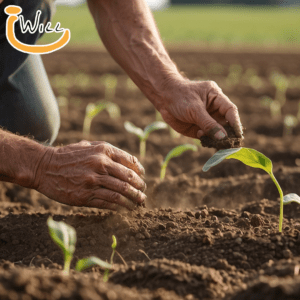
The Pros of Traditional Farming
Biodiversity Preservation
One of the most significant benefits of traditional farming is its role in preserving biodiversity.
By maintaining a variety of crops and animal species, traditional farming systems support ecological balance and protect against the loss of genetic diversity.
This biodiversity is crucial for ecosystem resilience, as it allows farms to adapt to changing environmental conditions and reduces the risk of total crop failure due to pests or diseases.
Soil Health and Fertility
Traditional farming practices often prioritize soil health.
Techniques such as crop rotation, organic composting, and the use of cover crops help maintain and enhance soil fertility. These methods improve soil structure, increase organic matter content, and encourage beneficial microbial activity, all of which are essential for long-term agricultural productivity.
In contrast to conventional agriculture, which often relies on chemical fertilizers, traditional farming seeks to create a sustainable balance within the ecosystem.
Local Economic Support
Traditional farming supports local economies by providing employment and fostering community engagement.
Small-scale farmers often sell their produce directly to consumers at local markets, creating a strong connection between food production and consumption.
This direct sales model helps farmers receive fair compensation for their products, contributing to the economic stability of rural areas.
Cultural Heritage and Knowledge
Traditional farming is deeply intertwined with cultural heritage and indigenous knowledge.
The techniques and practices passed down through generations are often specific to the local environment and climate, providing a wealth of knowledge about sustainable land management.
This cultural continuity helps preserve traditional lifestyles and fosters a sense of identity and community among farming populations.
Low Input Costs
Compared to industrial agriculture, traditional farming typically requires lower input costs. This includes reduced reliance on expensive synthetic fertilizers, pesticides, and genetically modified seeds.
Instead, traditional farmers often use locally available resources, such as animal manure and natural pest control methods, which can be more cost-effective and environmentally friendly.
Seasonal and Local Produce Quality
Traditional farming often emphasizes the production of seasonal and local varieties of crops, which are typically fresher and of higher nutritional value compared to those transported over long distances.
The focus on seasonal produce also reduces the carbon footprint associated with food transportation and encourages consumers to eat according to natural growing cycles.
Resilience to Market Fluctuations
Small-scale traditional farmers are often more resilient to market fluctuations because they are less dependent on global commodity prices.
By growing a diverse range of crops and maintaining self-sufficiency, these farmers can better weather economic downturns and changes in market demand.
The Cons of Traditional Farming
Lower Yields and Efficiency
A primary disadvantage of traditional farming is its generally lower yield compared to modern industrial agriculture.
Traditional methods may not utilize the full potential of land and resources, leading to less efficient production. This can be a significant limitation, especially in regions with high food demand and limited arable land.
Labor-Intensive Practices
Traditional farming is often labor-intensive, requiring significant manual work for planting, weeding, and harvesting.
This reliance on human labor can limit the scale of production and make it difficult for farmers to compete with larger, mechanized farms.
Additionally, the physical demands can lead to health issues and reduced quality of life for farmers and their families.
Limited Market Reach
Traditional farmers often face challenges in reaching broader markets due to limited access to transportation, storage facilities, and marketing resources. This can result in reduced income opportunities and difficulty in scaling their operations.
Furthermore, without adequate infrastructure, traditional farmers may struggle to meet the quality and consistency standards required by larger buyers or export markets.
Vulnerability to Climate Changes
Traditional farming practices, while often sustainable, can also be vulnerable to climate changes.
For example, reliance on rain-fed agriculture makes these systems susceptible to droughts or irregular rainfall patterns.
Climate change can also affect the timing and success of traditional planting and harvesting cycles, leading to reduced crop yields and food insecurity.
Slower Adaptation to Innovations
While traditional farming preserves cultural practices and biodiversity, it may also be slower to adopt new technologies and innovations.
This reluctance can stem from a lack of access to modern equipment, education, or financial resources. As a result, traditional farmers may miss opportunities to improve efficiency, increase yields, or mitigate environmental impacts.
Soil Degradation Risks
Although traditional farming generally promotes soil health, some practices can lead to soil degradation.
Over-reliance on certain crops, poor land management, and inadequate fallow periods can result in nutrient depletion, erosion, and reduced soil fertility over time.
It is essential for traditional farmers to continuously monitor and adapt their practices to prevent these issues.
Pesticide and Herbicide Use
In some cases, traditional farmers may use chemical pesticides and herbicides, especially when facing pest infestations or weed control challenges. This can lead to environmental contamination, health risks, and a reduction in soil biodiversity.
Balancing the need for pest control with sustainable practices remains a challenge for many traditional farmers.
Environmental Impact of Traditional Farming
Land Use and Habitat Conservation
Traditional farming often promotes land use practices that are more in harmony with natural ecosystems.
By maintaining diverse landscapes, including forests, wetlands, and grasslands, these farming systems contribute to habitat conservation and biodiversity.
However, expanding agricultural land at the expense of natural habitats remains a concern, particularly in regions with high population growth.
Water Usage and Management
Traditional farming typically relies on natural water sources such as rainfall, rivers, and groundwater.
Efficient water management practices, such as rainwater harvesting and the use of drought-resistant crops, are common.
However, in areas where water resources are scarce or poorly managed, traditional farming can contribute to water stress and depletion of local water supplies.
Carbon Footprint Considerations
While traditional farming generally has a lower carbon footprint than industrial agriculture, certain practices can still contribute to greenhouse gas emissions.
For example, methane emissions from livestock, the use of fire for land clearing, and the overuse of organic fertilizers can all impact the environment.
Nonetheless, traditional farming’s focus on local production and reduced reliance on synthetic inputs often results in a more sustainable carbon footprint.
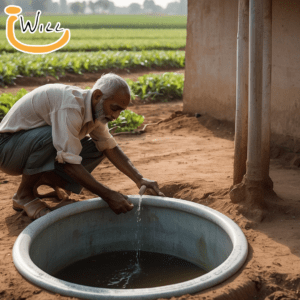
Economic Considerations in Traditional Farming
Cost vs. Profit Analysis
Traditional farming often operates on a smaller scale with lower financial investment compared to industrial farming. This can result in lower profit margins, especially if farmers are unable to access high-value markets or obtain fair prices for their products.
However, the reduced need for expensive inputs and machinery can also mean lower financial risk and greater economic stability.
Access to Markets and Resources
Access to markets and resources is a critical issue for traditional farmers.
Limited infrastructure, lack of transportation, and inadequate storage facilities can restrict their ability to sell produce, particularly in urban or international markets.
Enhancing market access and providing resources for value-added processing can help improve the economic viability of this farming method.
Financial Stability for Farmers
Financial stability is a major concern for traditional farmers, who often operate on thin margins and face uncertain income.
Fluctuations in weather, market prices, and input costs can all impact profitability.
Access to credit, insurance, and government support can play a vital role in ensuring the financial stability and resilience of traditional farming communities.
Traditional Farming Techniques and Innovations
Crop Rotation and Polyculture
Crop rotation and polyculture are cornerstone practices in traditional farming, designed to maintain soil fertility and reduce pest and disease pressures.
By alternating different crops on the same land and growing multiple crops together, farmers can improve soil health, enhance biodiversity, and increase yields.
These practices are particularly effective in minimizing the need for chemical inputs.
Organic Farming Principles
Organic farming principles are often aligned with traditional farming methods, emphasizing natural processes and the avoidance of synthetic chemicals.
This includes the use of organic fertilizers, natural pest control methods, and the conservation of soil and water resources.
The adoption of organic certification can also open up new market opportunities for traditional farmers.
Integrating Modern Technology
While traditional farming is rooted in historical practices, integrating modern technology can enhance productivity and sustainability.
For example, precision farming tools, mobile apps for market information, and renewable energy sources can all benefit traditional farmers.
Access to training and education on these technologies is crucial for enabling their adoption.
Sustainability in Traditional Farming
Long-term Soil and Water Management
Sustainability in traditional farming hinges on long-term soil and water management.
This includes practices such as maintaining soil cover, implementing erosion control measures, and using water-efficient irrigation techniques.
Ensuring the sustainability of these resources is critical for the continued viability of traditional farming systems.
Community and Cooperative Models
Community and cooperative models are often integral to traditional farming, providing a support network for farmers.
These models can facilitate the sharing of resources, knowledge, and marketing opportunities, enhancing the economic and social resilience of farming communities.
Cooperatives can also play a role in advocating for policy support and access to financial services.
Education and Training for Farmers
Education and training are vital for the sustainability of farming.
By learning about sustainable practices, market opportunities, and modern technologies, farmers can improve their productivity and resilience.
Extension services, agricultural schools, and non-governmental organizations can all contribute to the education and empowerment of traditional farmers.
Future of Traditional Farming
Trends and Challenges
The future of farming is shaped by various trends and challenges, including climate change, population growth, and technological advancements.
While traditional farming offers sustainable solutions, it must also adapt to changing conditions and increasing demand for food.
Addressing these challenges requires a holistic approach that integrates traditional knowledge with modern innovations, such as aquaponics.
Policy and Support Systems
Policy and support systems are crucial for the success of traditional farming.
Governments and international organizations can provide financial support, infrastructure development, and research to enhance the sustainability and profitability of traditional farming.
Policies that protect smallholder farmers’ rights and promote fair trade are also essential.
Integrating Traditional and Modern Practices
Integrating traditional and modern practices is key to the future of farming. This hybrid approach can enhance productivity, sustainability, and resilience, ensuring food security for future generations.
By combining the best of both worlds, farmers can build more robust and adaptable agricultural systems.
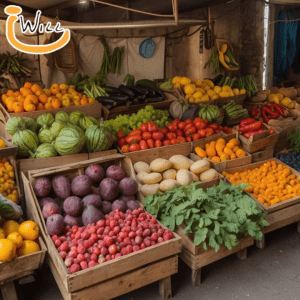
Conclusion
Traditional farming offers a wealth of benefits, from preserving biodiversity and cultural heritage to supporting local economies.
However, it also faces challenges, including lower yields, labor-intensive practices, and vulnerability to environmental changes.
By integrating modern technologies and sustainable practices, traditional farming can continue to play a vital role in global agriculture, ensuring food security and environmental sustainability.
The future of traditional farming lies in a balanced approach that respects historical knowledge while embracing innovation.
FAQs
Traditional farming refers to agricultural practices that have been used for generations, involving the cultivation of crops and raising livestock with minimal modern technology. This approach emphasizes natural resource use, sustainability, and the preservation of local knowledge and biodiversity.
What are the main benefits of traditional farming?
Traditional farming benefits include biodiversity preservation, soil health, cultural heritage preservation, and support for local economies. It promotes sustainable practices that are often more environmentally friendly and economically viable for small-scale farmers.
How does traditional farming impact the environment?
Traditional farming generally has a lower environmental impact compared to industrial agriculture. It promotes biodiversity, conserves soil and water resources, and often has a lower carbon footprint. However, it can also contribute to soil degradation and water scarcity if not managed sustainably.
What challenges do traditional farmers face?
Traditional farmers face challenges such as lower yields, labor-intensive practices, limited market access, and vulnerability to climate changes. They may also struggle with financial stability and access to modern technologies and resources.
Can traditional farming feed the global population?
While traditional farming plays a crucial role in food production, particularly in developing regions, it may not be sufficient to feed the global population alone. However, integrating traditional practices with modern technologies and sustainable approaches can significantly contribute to global food security.
What is the role of technology in traditional farming?
Technology can enhance traditional farming by improving efficiency, yields, and sustainability. Tools such as precision farming equipment, mobile apps, and renewable energy sources can help traditional farmers adapt to changing conditions and market demands.
Can vertical farming replace traditional farming?
Vertical farming provides an efficient way to grow crops in urban environments, especially for leafy greens and herbs. However, it cannot fully replace traditional farming, which is necessary for the large-scale production of staple crops like grains and legumes and for supporting rural economies.
Is traditional farming unsustainable?
Traditional farming can be both sustainable and unsustainable, depending on the practices used. Sustainable methods maintain soil health, conserve water, and support biodiversity. However, unsustainable practices like overgrazing or slash-and-burn can lead to soil degradation and loss of biodiversity.
What farming practices are considered to be sustainable?
Sustainable farming practices encompass several methods aimed at long-term ecological health. Organic farming avoids the use of synthetic chemicals, focusing instead on natural fertilizers and pest control. Agroecology integrates ecological principles into farming systems to promote biodiversity and sustainability. Permaculture designs agricultural systems that are self-sufficient and regenerative. Aquaponics combines fish farming with hydroponics, creating a closed-loop system that efficiently uses water and nutrients. Conservation tillage reduces soil erosion by minimizing soil disturbance. Integrated Pest Management (IPM) uses a combination of biological, physical, and chemical methods to manage pests, minimizing environmental impact.
The I Will Projects, a 501c3 Non-Profit, promotes diverse solutions for global challenges. Our IFIZ education programs, emphasizing aquaponics, and insect farming, empower communities through knowledge, collaboration, and sustainable innovation.




